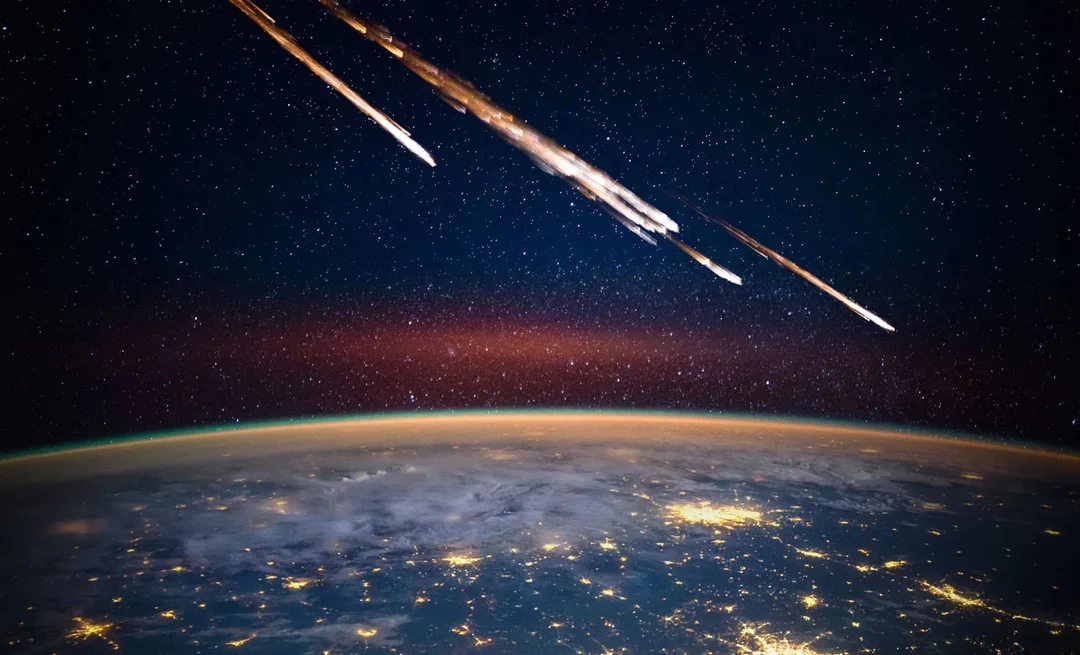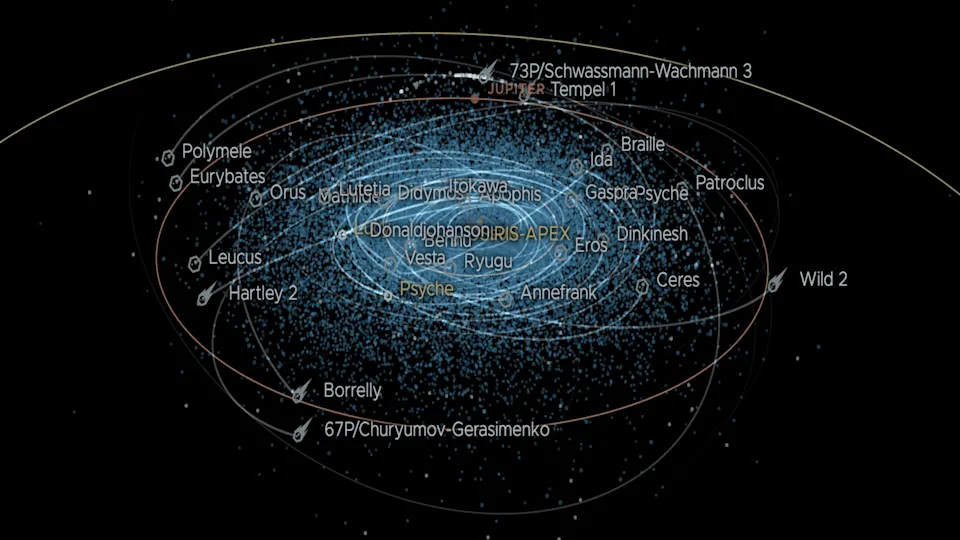
NASA Tracks a Fleet of Asteroids Heading Earthward: What You Need to Know
Get ready for a close encounter! NASA's Asteroid Watch Dashboard is closely monitoring five asteroids set to zoom past Earth this week. While none pose an immediate threat, their varied sizes and close proximity offer a fascinating glimpse into the dynamic world of near-Earth objects (NEOs) and underscore the importance of planetary defense efforts.
Between May 27th and May 28th, 2025, these celestial travelers will make their closest approaches. So, what should you know about these cosmic visitors?
Asteroid 2025 JP, estimated to be about 79 feet wide (airplane-sized), will fly by on May 27th at a distance of 3.19 million miles. While seemingly far, this distance is considered relatively close in space terms, allowing NASA to refine its trajectory models. This asteroid highlights the range of sizes being tracked regularly by NASA.
The closest encounter will be with 2025 KX3 on May 28th. This bus-sized asteroid, measuring just 34 feet, will pass within a mere 211,000 miles – closer than the Moon! This proximity makes it a prime target for observation, with astronomers eager to collect visual and radar data due to the surprising nature of objects at close range.
The largest of the group, 2025 JR, is estimated at a diameter of 250 feet (building-sized). This sizable space rock will pass Earth on May 28th at a range of 2.87 million miles. This Apollo-class near-Earth object (NEO) travels at a staggering 40,800 km/h which would cause tremendous destruction if it were to impact Earth! While NASA confirms no threat, 2025 JR is still large enough that if it were to strike the Earth, the destruction would be devastating.

Two other asteroids, 2025 KW (airplane-sized, 91 feet wide) and 2025 KU1 (house-sized, 63 feet wide), will also make their respective flybys on May 28th. KW's rapid approach makes it an ideal subject for orbital refinement, while KU1 helps scientists track smaller NEOs for long-term monitoring. NASA reports that they find over 3,000 near-Earth asteroids (NEAs) every year!
While these close passes don't pose an immediate threat, they serve as vital reminders of the constant cosmic ballet happening around us. NASA's ongoing efforts to track and understand NEOs are crucial for planetary defense and ensuring our long-term safety.

The data gathered from observing these asteroids help scientists to predict the trajectory along with possible impact events more accurately. But despite all these developments, there are still numerous space rocks that are unknown, posing challenges to planetary defence constantly.
What do you think about these close encounters? Share your thoughts and concerns about planetary defense in the comments below!